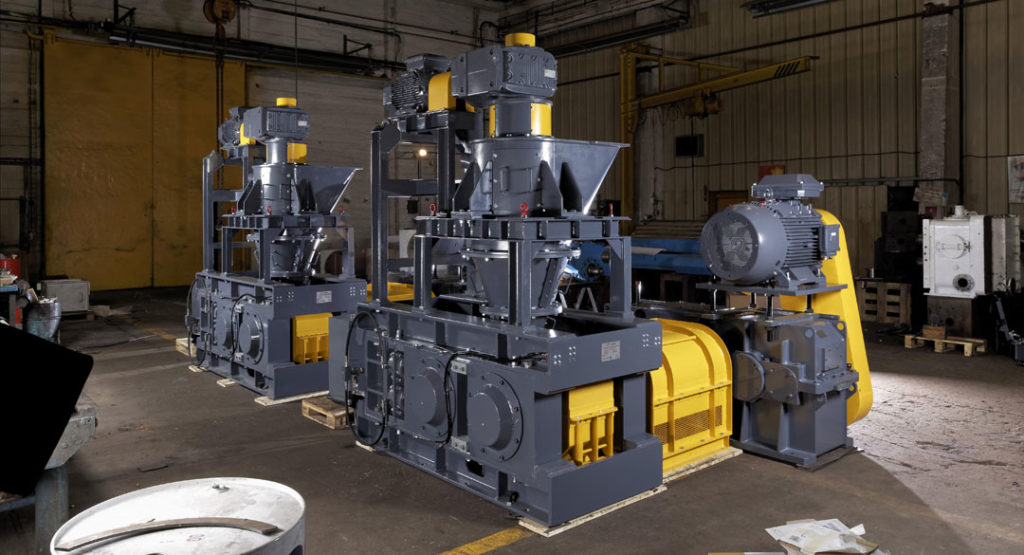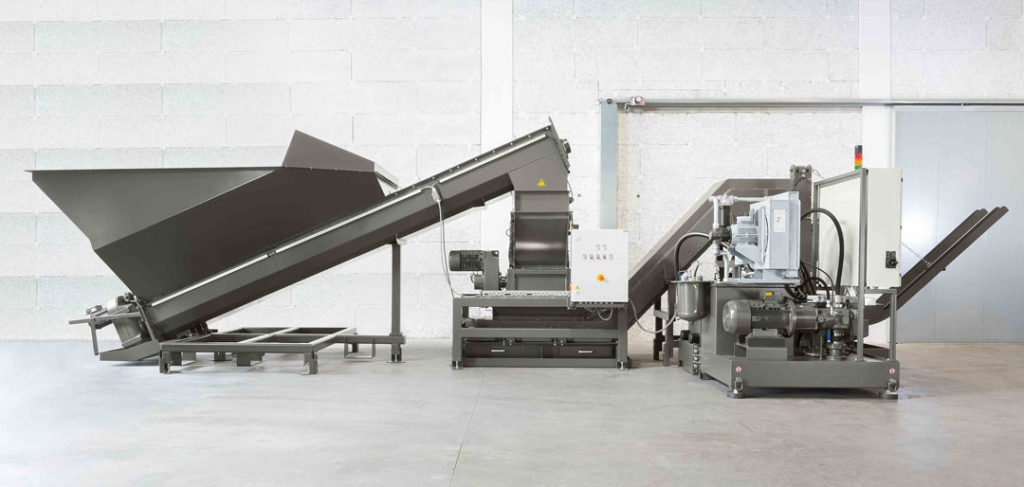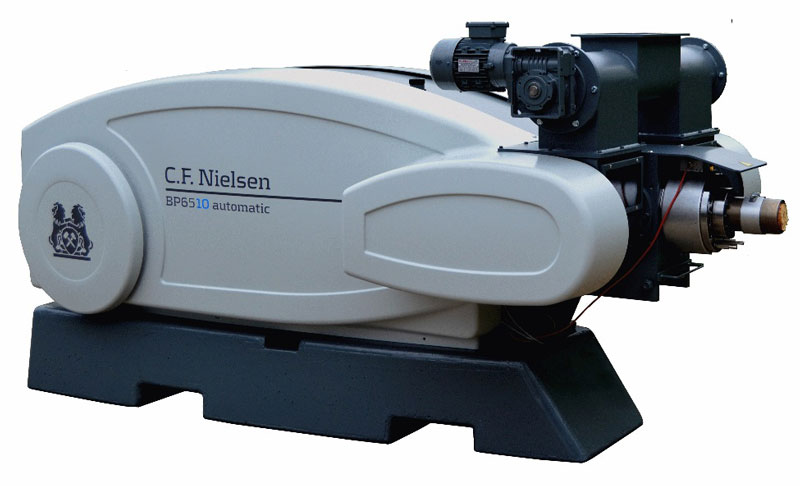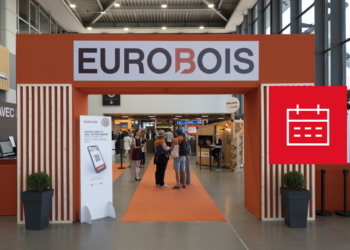DIE PRESS TECHNOLOGY
Die presses are equipment used in the manufacture of high-density pellets, this technology is also called “pelletizing” (pellet presses). This process is based on a simple operation: the raw material fed into the press is compressed through the die by the action of rollers.
The raw materials that can be processed by the die press technology are mainly organic raw materials such as products for animal feed, biomass (wood, vegetable waste…), organic and organo-mineral fertilizers, plastic additives, dried urban sludge…
ROTARY PRESS TECHNOLOGY
Rotary press technology is used in the manufacture of tablets or pellets from powders. This type of process is done in a cold, binder-free process and consists of placing the raw material in a mold and compressing it between two punches. (inferior and superior)
The applications of the tablet shape mainly cover organic powders (agriculture and food industry) and mineral powders (detergency, disinfection, linen care, swimming pool treatment, industrial additives…).
However, this technology is more limited in flow rate than the roller presses and generally requires more CAPEX and OPEX for a given flow rate.
There are many briquetting solutions currently available on the agglomeration market. This diversity allows potential customers to find the technology that best suits their raw materials and their expectations in terms of finished products for many industries.
Euragglo S.A.S. is a member of the Köppern Group and represents RUF Briquetting Systems and C.F. Nielsen A/S in the French market. This enables Euragglo S.A.S. to offer the most complete range of briquetting and granulation equipment.
In order to define the best solution to meet your needs, Euragglo offers you to test your raw materials in its facilities in order to identify your needs and to recommend the most suitable equipment.
Do not hesitate to contact us by phone 03 27 09 00 09 or by email euragglo@euragglo.com for more information.








